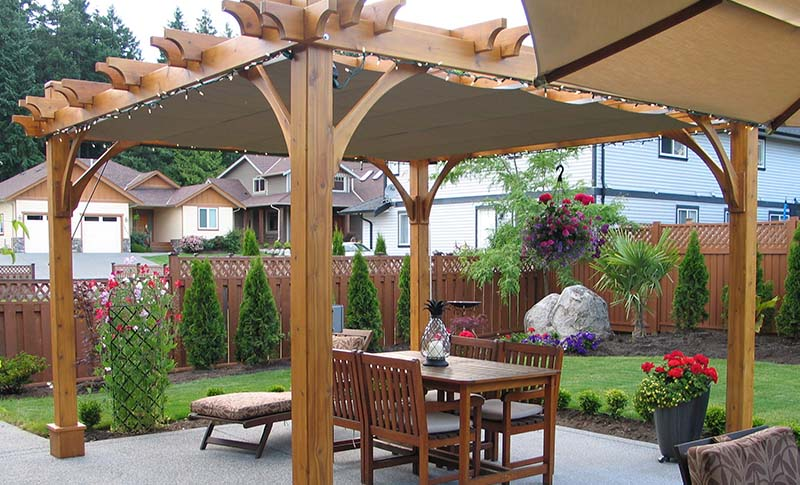Transitioning to Preventive Maintenance – Critical Steps to Follow
The last time you got a big volume, lucrative order, you barely made it in time for the deadline. The profit you made was marginal, with the bulk going to the repairs of vital equipment.
As if on cue, a piece of critical machinery you depend upon conked out, jeopardizing your operation. You were fortunate enough to have a repair crew and workers willing to put in extra time and effort. Otherwise, such an incident could have translated to a massive amount of lost profit and a big hit on your company’s reputation.
Why shift from reactive to proactive maintenance?
When your company’s income and reputation are on the line, you simply cannot rely on guesswork. Every worker, every piece of equipment must be ready for deployment. Otherwise, you are courting disaster, or worse, the ruin of the business that you have built from the ground up.
Your equipment will break down. That’s a given. That’s the nature of the beast. While you cannot totally prevent or predict breakdowns from happening, the next best thing that you can do is to achieve some measure of control.
And that is what preventive maintenance is all about.
Reactive maintenance is called such because that is what you do – react to a breakdown where a possibly bigger disaster is looming on the horizon. And no matter how good your maintenance crew is, no matter how many spare parts you have in stock, there will be downtime. That downtime translates to lost time and productivity, stress and anxiety, and potential loss of income.
In proactive or preventive maintenance, you anticipate a problem and enforce the necessary solutions before it crops up and disrupts operations.
How to make the switch
Making the transition from reactive to proactive maintenance is by no means a simple process. In order to make a successful switch, there are a few critical steps that you need to undertake.
Planning
The maintenance manager should lead the transition as he is the most qualified to make the necessary decisions.
However, every stakeholder must get on board with this transition. These stakeholders include upper management, operators, and maintenance technicians. Remember, this transition will affect different departments and employees, and getting the support of everyone will help make the switch seamless.
Find the right tools
Although it is possible to use one or a combination of software for preventive maintenance, nothing beats a CMMS designed for multiple functions and tasks.
Factor in your company’s unique needs as well as the ability to customize when choosing CMMS for your maintenance program.
Set clear and measurable goals
The goals that you set for the transition will depend heavily on your current maintenance strategy. As much as possible, look at the history of equipment breakdown, costs of repairs and parts, reaction times, and the number of hours of downtime.
Choosing assets to enroll
Not every asset requires preventive maintenance. Initially, you might want to focus your attention on a few critical pieces of equipment. These include assets that are critical for operations, those that are too costly to repair, those that are difficult to replace, and the oldest ones.
Once you have chosen which equipment to enroll in your new maintenance program, you should compile all critical information about these, including type, make, and model, location, replacement parts, and costs.
Mapping maintenance tasks
After creating an inventory of critical equipment, the next step that you need to do is to list down essential jobs related to preventive maintenance by day, week, month, quarter, and year.
Segmenting maintenance tasks this way allows your crew to create a suitable schedule. Do remember to take into account the manufacturer’s recommendations, which can be found in the manual.
Easing into it
At the outset, it is best to start with a light workload. Take into account that your maintenance team has to make some adjustments, and going full-throttle on the shift to preventive maintenance may be counterproductive.
Start things off with a lighter workload. Give your team enough time to learn the ropes, especially when handling the CMMS. Once things begin to settle nicely, your maintenance personnel can add more tasks.
It is also a good idea to continuously tweak and update your systems as your team becomes more familiar with preventive maintenance. Breakdowns and downtimes may happen in between. Do not worry too much as these are a part of making a switch. Over time, these incidences will be minimized.
Trust the process and your maintenance team.
In the near future, you can count on a minimal number of breakdowns. Sure, there will still be instances where reactive maintenance will be necessary. But if you have put into place a robust preventive maintenance system, your company is now better equipped to face these without too much fuss while you can enjoy a higher degree of control and confidence.
AUTHOR BIO
Mohammad Daudi is the Chief Revenue Officer at SGE Group International, a multidisciplinary group of companies with core business interests in Asset Lifecycle Management, Land Development, and Software. Aladdin is SGE’s proprietary Asset Lifecycle Management software, designed to empower FM, Maintenance and Asset teams across multiple industry sectors.

